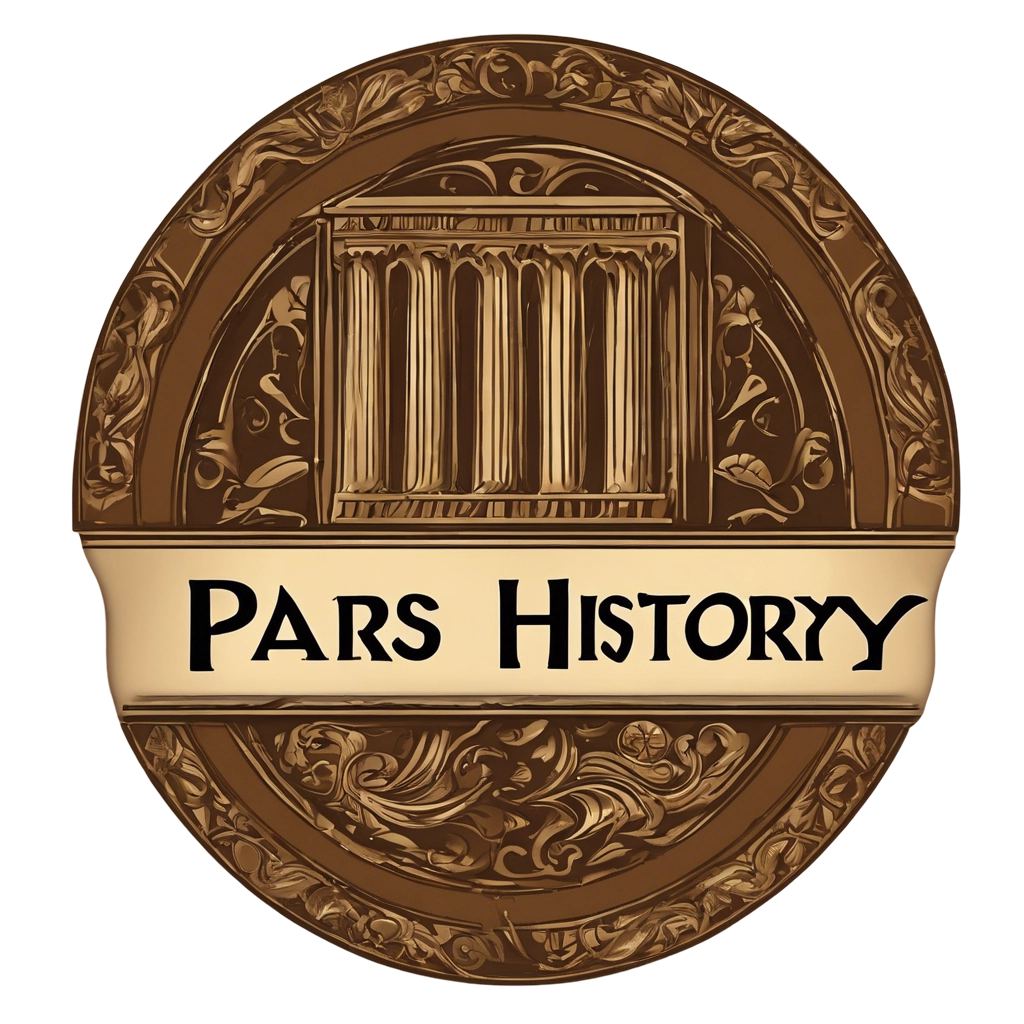Parthian Empire (247 BCE–224 CE)
The Parthian Empire (known as the Arsacid Empire in the West) was one of the most significant empires in ancient Iran, ruling for nearly 500 years from 247 BCE to 224 CE. It was founded by Arsaces I, the founder of the Arsacid dynasty, in the region of Parthia (modern-day northeastern Iran).

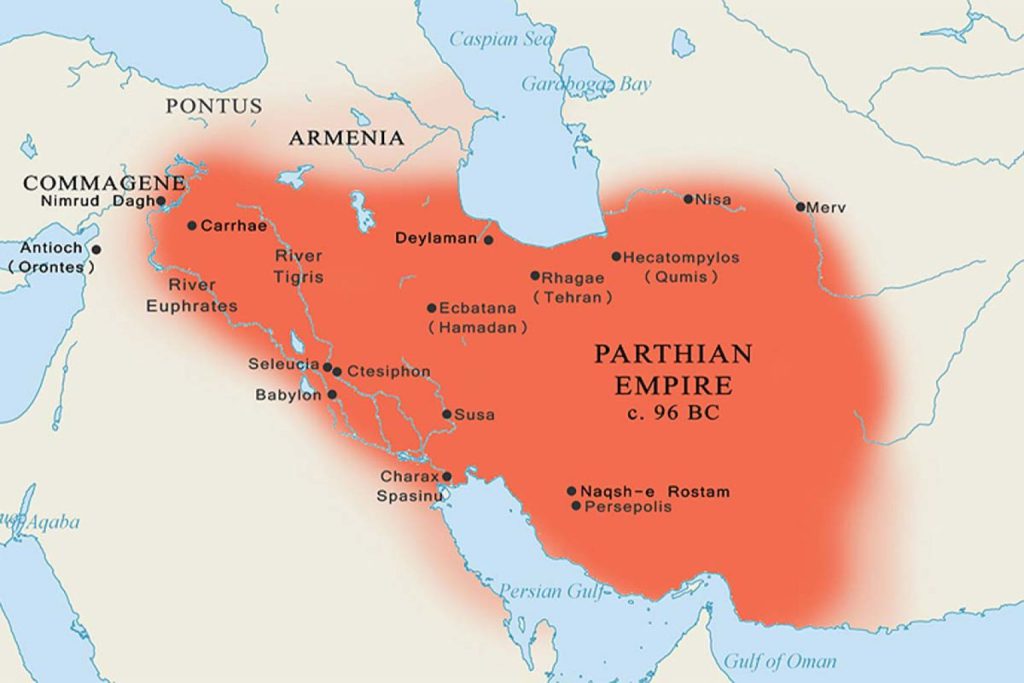
Rise and Expansion
- Initially, the Parthians were a local power in the region of Parthia. However, they gradually expanded their control by defeating the Seleucids and taking over large territories, including much of Iran, Mesopotamia, and Central Asia.
- After fully defeating the Seleucids, the Parthians became the main rivals of the Roman Empire, with whom they frequently clashed.
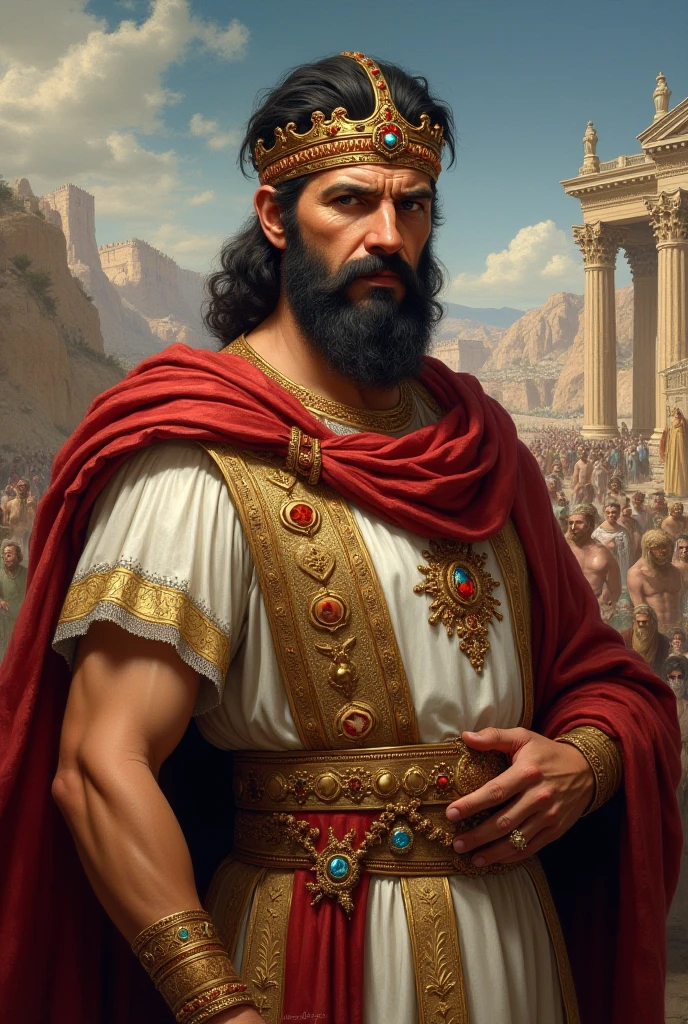
Government and Administration
- The Parthian Empire had a federal system of governance, with significant autonomy granted to various provinces and local rulers.
- The Parthian kings relied on alliances with local nobility rather than a centralized bureaucracy.
- Mithridates II (r. 123–87 BCE) was a particularly prominent ruler who solidified the empire’s status as a major global power.
Relations with Rome and the Silk Road
- The Parthians played a central role in global trade, as their empire was located along the Silk Road, which connected East Asia to the Roman Empire.
- Their frequent conflicts with Rome, especially over territories like Armenia and Mesopotamia, shaped much of their history.

Military Strength
- The Parthian army was renowned for its heavily armored cavalry (cataphracts) and mounted archers, who were skilled in hit-and-run tactics.
- One of their most famous victories occurred at the Battle of Carrhae (53 BCE), where the Parthian general Surena decisively defeated the Roman army under Crassus. This was one of Rome’s most humiliating defeats.
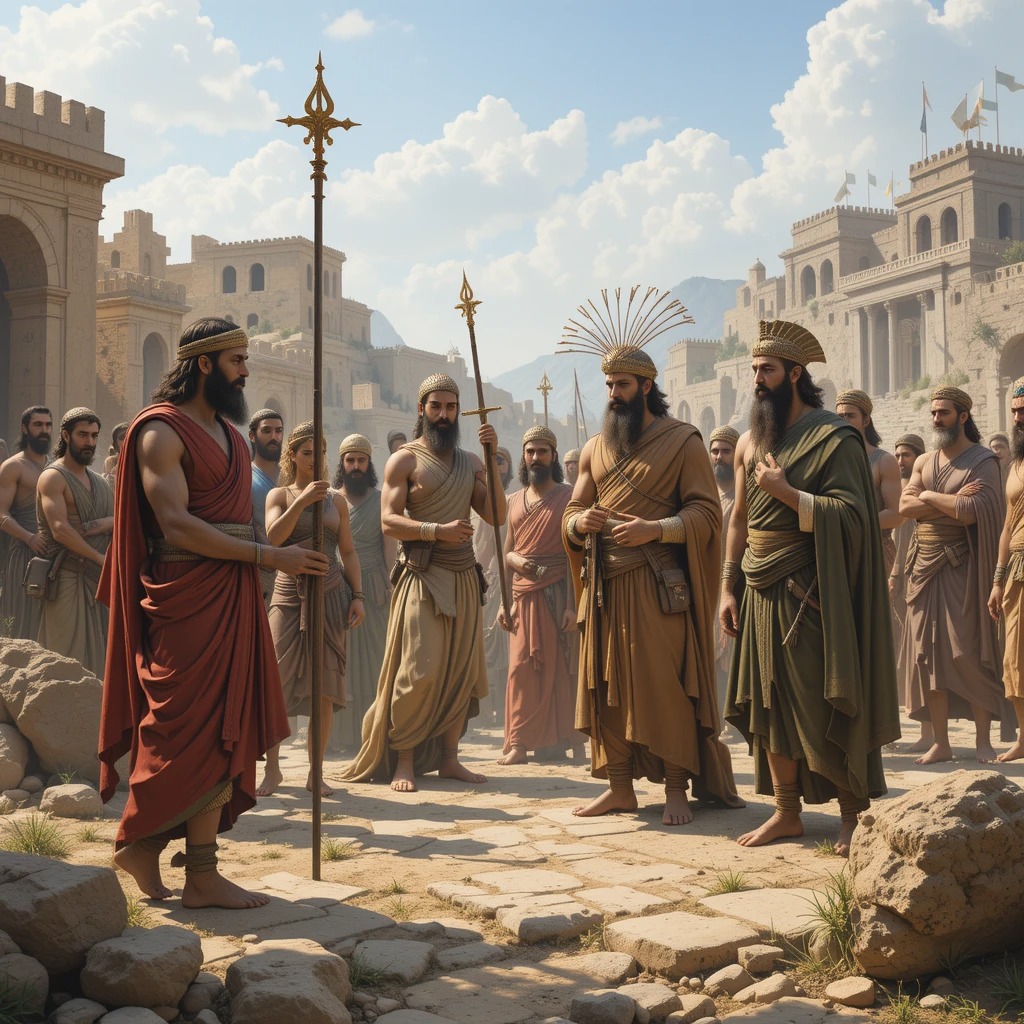
Culture and Religion
- The Parthians were tolerant of different religions, supporting Zoroastrianism, Mithraism, and even Greek and local pagan traditions.
- They played an essential role in blending Hellenistic culture (inherited from the Seleucids) with Persian traditions.
- Parthian art was a mix of Greek, Iranian, and local styles, with notable examples including statues, coins, and rock reliefs.
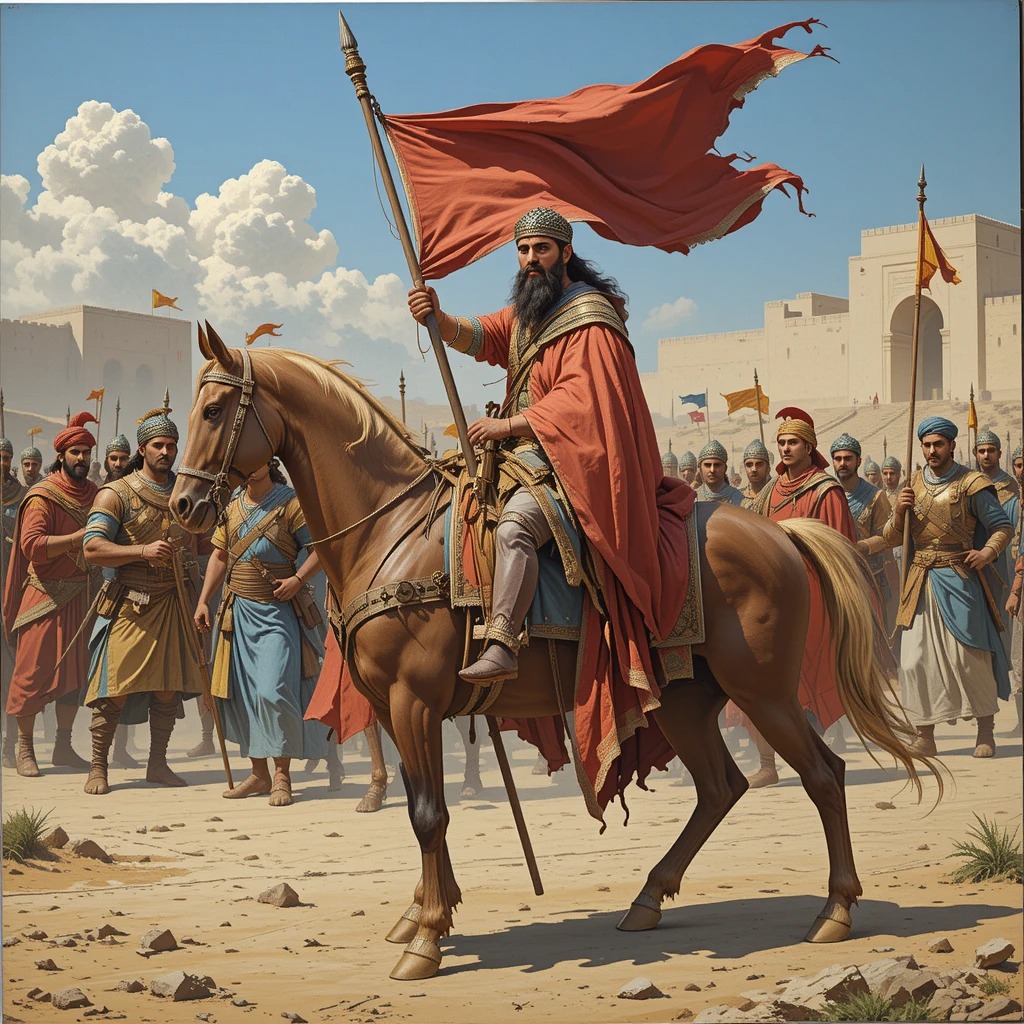
Decline and Fall
- Internal struggles, including dynastic conflicts and revolts, weakened the Parthian Empire over time.
- In 224 CE, the Parthians were overthrown by Ardashir I, the founder of the Sasanian Empire, after defeating the last Parthian king, Artabanus V.
Achievements and Legacy
- Maintaining relative peace in eastern Iran and Central Asia.
- Acting as a cultural and commercial bridge between East and West.
- Successfully resisting Roman expansion into Iran.
- Preserving Iranian identity and pushing back against the Hellenistic influence introduced during the Seleucid period.

Interesting Fact
The Parthians’ federal system of governance and reliance on local rulers made them adaptable to regional challenges but also created vulnerabilities. This decentralized structure allowed them to endure for centuries but ultimately contributed to their decline when central authority weakened.
